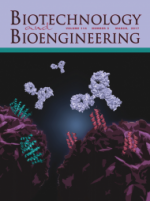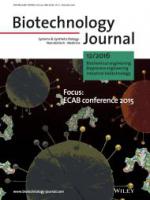Effects of phase transfer ligands on monodisperse iron oxide magnetic nanoparticles
- Citation:
- Palma, SI, Marciello M, Carvalho A, Veintemillas-Verdaguer S, Morales PM, Roque ACA. 2015. Effects of phase transfer ligands on monodisperse iron oxide magnetic nanoparticles. Journal of Colloid & Interface Science. 437(1):147–155.
Abstract:
Oleic acid coated iron oxide nanoparticles synthesized by thermal decomposition in organic medium are highly monodisperse but at the same time are unsuitable for biological applications. Ligand-exchange reactions are useful to make their surface hydrophilic. However, these could alter some structural and magnetic properties of the modified particles. Here we present a comprehensive study and comparison of the effects of employing either citric acid (CA) or meso-2,3-dimercaptosuccinic acid (DMSA) ligand-exchange protocols for phase transfer of monodisperse hydrophobic iron oxide nanoparticles produced by thermal decomposition of Fe(acac)3 in benzyl ether. We show the excellent hydrodynamic size distribution and colloidal stability of the hydrophilic particles obtained by the two protocols and confirm that there is a certain degree of oxidation caused by the ligand-exchange. CA revealed to be more aggressive towards the iron oxide surface than DMSA and greatly reduced the saturation magnetization values and initial susceptibility of the resulting particles compared to the native ones. Besides being milder and more straightforward to perform, the DMSA ligand exchange protocol produces MNP chemically more versatile for further functionalization possibilities. This versatility is shown through the covalent linkage of gum Arabic onto MNP-DMSA using carboxyl and thiol based chemical routes and yielding particles with comparable properties.







